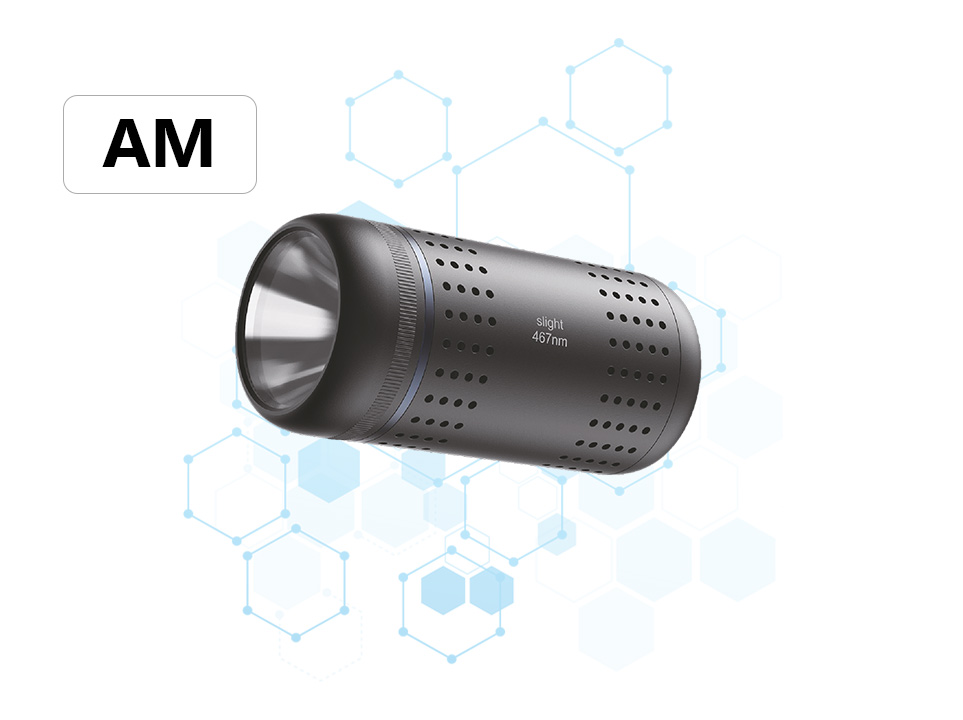Functional components of the coil-type continuous flow photoreactor
In the realm of chemical synthesis and environmental remediation, the coil-type continuous flow photoreactor has emerged as a groundbreaking technology. This innovative device harnesses the power of light to catalyze chemical reactions, offering a sustainable and efficient alternative to traditional methods. To fully understand its potential, let's delve into the functional components that make the coil-type continuous flow photoreactor a standout tool in modern chemical engineering.
1. The Reactor Housing
The reactor housing serves as the backbone of the photoreactor, providing a robust and secure environment for the photocatalytic process to occur. Made from high-quality materials, it ensures durability and resistance to the harsh conditions often associated with photochemical reactions. The design of the housing often incorporates transparent windows or optical fibers to allow UV or visible light to penetrate and activate the photocatalyst within.
2. The Coiled Tubing
At the heart of the coil-type photoreactor lies its coiled tubing. This unique configuration maximizes the exposure of the reactant solution to the light source, thereby enhancing the efficiency of the photocatalytic reaction. The tubing is typically made from materials that are resistant to both chemical corrosion and high temperatures, ensuring long-term performance and reliability. The coiling also helps in maintaining a consistent flow rate and mixing of the reactants, crucial for achieving uniform photocatalysis.
3. The Light Source
The light source is the driving force behind the photoreactor's functionality. It emits a specific wavelength of light that resonates with the photocatalyst, exciting its electrons and initiating the catalytic process. Depending on the application, the light source can range from UV lamps to LED arrays, each tailored to provide the optimal energy for the desired chemical transformation. Efficient light distribution within the reactor housing is crucial, often achieved through reflectors or optical lenses that direct the light evenly across the coiled tubing.
4. The Photocatalyst
The photocatalyst is the active ingredient in the photoreactor, responsible for catalyzing the chemical reaction upon absorption of light. Commonly used photocatalysts include titanium dioxide (TiO2), zinc oxide (ZnO), and various semiconductor materials. These catalysts are often immobilized on the inner walls of the coiled tubing or suspended in the reactant solution, ensuring maximum interaction with the light and reactants. The choice of photocatalyst is critical, as it determines the specificity and efficiency of the photoreaction.
5. The Fluid Handling System
The fluid handling system ensures that the reactant solution flows smoothly through the coiled tubing at a controlled rate. This includes pumps, valves, and flow meters that regulate the input and output of the reactants, maintaining a steady-state condition throughout the photoreaction. Proper fluid handling is essential for achieving consistent reaction yields and minimizing waste.
6. The Temperature Control System
Photochemical reactions are highly sensitive to temperature changes. The temperature control system within the photoreactor monitors and adjusts the reaction environment to maintain optimal conditions for the photocatalysis. This can involve heaters, coolers, or thermal insulation materials that keep the reactor at a constant temperature, ensuring predictable and reproducible results.
7. The Monitoring and Control Instrumentation
Advanced monitoring and control instrumentation are integral to the operation of the coil-type continuous flow photoreactor. These include sensors for measuring light intensity, temperature, pressure, and reactant concentrations. Coupled with automation software, these instruments provide real-time data and allow for precise adjustments to the reaction parameters, ensuring optimal performance and maximizing productivity.
Conclusion
The coil-type continuous flow photoreactor, with its intricate design and functional components, represents a significant advancement in photocatalysis technology. By optimizing light exposure, catalyst utilization, and fluid dynamics, it offers a powerful platform for a wide range of applications, from the synthesis of pharmaceuticals to the degradation of pollutants.





